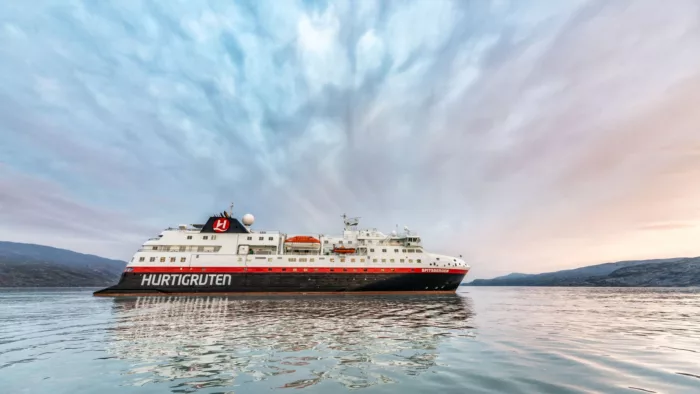Visiting:
South America

HX Hurtigruten Expeditions
Experts in expedition since 1896, HX boasts handpicked experts from a range of fields who will lead you on discoveries onshore and onboard including hikes, community visits, kayaking and talks.
530
Passengers
2020
Launched
20889t
Tonnage
140m
Length
23.6m
Width
15kts
Speed
9
Decks
NOK
Currency
Cruise Itinerary
Ship Details


HX Hurtigruten Expeditions
MS Fridtjof Nansen
Named in homage to Norwegian Explorer - Fridtjof Nansen, this is one of two fully hybrid ships in our fleet. She brings comfort to some of the world's most spectacular destinations, on board one of the most environmentally friendly ships in the world.
Cabins
All Prices











